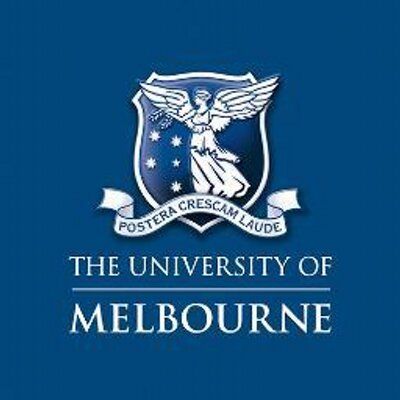Article
作者: Ashton, Trent D. ; Cowman, Alan F. ; Churchyard, Alisje ; Zhang, Xinxin ; Chandra Maity, Bikash ; Dans, Madeline G. ; Favuzza, Paola ; Ngo, Anna ; Park, Heekuk ; Fidock, David A. ; Yeo, Tomas ; Lehane, Adele M. ; Baud, Delphine ; Baum, Jake ; Brand, Stephen ; Sleebs, Brad E. ; Uhlemann, Anne-Catrin ; Qiu, Deyun ; Lowes, Kym N. ; Schindler, Kyra A. ; Jarman, Kate E. ; Jackson, Paul F. ; De, Nirupam
There is an urgent need to populate the antimalarial clinical portfolio with new candidates because of resistance against frontline antimalarials. To discover new antimalarial chemotypes, we performed a high-throughput screen of the Janssen Jumpstarter library against the Plasmodium falciparum asexual blood-stage parasite and identified the 2,3-dihydroquinazolinone-3-carboxamide scaffold. We defined the SAR and found that 8-substitution on the tricyclic ring system and 3-substitution of the exocyclic arene produced analogues with potent activity against asexual parasites equivalent to clinically used antimalarials. Resistance selection and profiling against drug-resistant parasite strains revealed that this antimalarial chemotype targets PfATP4. Dihydroquinazolinone analogues were shown to disrupt parasite Na+ homeostasis and affect parasite pH, exhibited a fast-to-moderate rate of asexual kill, and blocked gametogenesis, consistent with the phenotype of clinically used PfATP4 inhibitors. Finally, we observed that optimized frontrunner analogue WJM-921 demonstrates oral efficacy in a mouse model of malaria.






